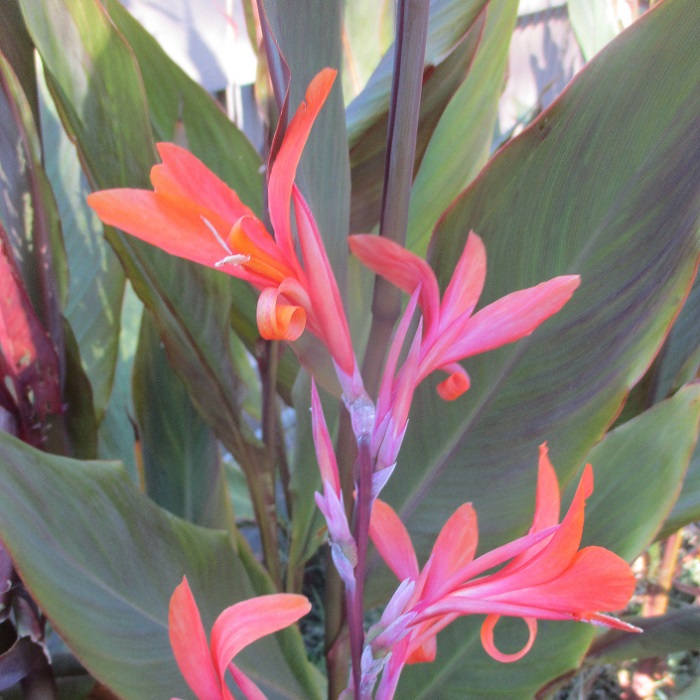UNITED STATES—Crocus, daffodil and narcissus are among the earliest of the popular early bulbs to bloom at the end of winter. Hyacinth, tulip, freesia, anemone, ranunculus and some types of iris bloom shortly afterward. That process should begin in February or so, about five months from now. Early bulbs are seasonable now though. This is when they go into the garden.
Early bulbs, or spring bulbs, take commitment. While dormant, they are not much to look at. There is less to look at after their internment into shallow graves, where they disperse their roots secretly through winter. They will not make an appearance until they bloom in spring. Fortunately, their performance is more than adequate compensation for the effort.
Early bulbs go into the garden now because they take time to get ready for spring bloom. While dispersing roots, they also begin to develop foliage and floral stems. Such growth remains safe and invisible below the surface of the soil until the weather is warm enough for it to emerge. Until then, chilly and rainy weather helps bulbs adhere to their schedule.
They are self sustaining bloomers.
Whether they are true ‘bulbs,’ or they are corms, rhizomes, tubers or tuberous roots, early bulbs are specialized storage structures. They contain what the particular plants need to grow to maturity and bloom within their preferred season. They should resume dormancy afterward, to repeat the process as perennials. However, few modern cultivars will do so.
Realistically, extensive breeding for the development of the more extravagant of modern early bulbs has compromised their vigor. Consequently, some are not reliably perennial. Some simpler crocus, daffodils and narcissus can naturalize as perennial in comfortable situations. Otherwise, more of the later bulbs, like canna, cala and dahlia, are perennial.
Whether they naturalize or not, most early bulbs bloom just once annually. Planting them in phases prolongs bloom. Ideally, a subsequent phase begins to bloom as its preceding phase finishes. The length of bloom determines the frequency of phases. For example, if tulips bloom for a week, phases can be weekly. Winter annuals cover nicely when done.
Highlight: Canna
It grows from dormant rhizomes like a few of the popular early spring bulbs do. However, the many garden varieties of Canna are actually late or summer bulbs. They will become available after last frost, at about the time that early bulbs bloom. Also unlike early bulbs that mostly bloom prolifically once, Canna bloom sporadically from late spring until frost.
Canna foliage can be as appealing as the bloom. The big and lush leaves can be green, bronze, striped or irregularly variegated. ‘Australia’ has strikingly dark bronze foliage with red bloom. ‘Tropicana’ has green, yellow, bronze red and purplish pink stripes, with orange bloom. ‘Stuttgart’ is irregularly variegated with white, with ribbony peachy orange bloom.
Of course, the bloom can be quite spectacular atop all that foliage too. Flowers might be pink, red, orange, yellow, creamy white, or a spotty combination of two such colors. Most popular cannas bloom with big and floppy flowers. Some have narrower and wispy floral parts. Bigger cannas can get taller than eight feet. All growth dies back after frost though. New growth regenerates fast in spring.
Horticulturist Tony Tomeo can be contacted at tonytomeo.com.






